What happens when a powerhouse voice meets razor-sharp business instincts? Ariana Grande’s journey from red-haired teen on Victorious to a global brand worth over $200 million isn’t just a celebrity rags-to-riches story—it’s a masterclass in modern fame economics. While many pop stars rise and fade, Ariana built something stickier than a chart-topping single: an empire.
She didn’t just sing her way to success. She licensed fragrances, inked million-dollar deals, and launched a beauty line in the middle of a pandemic. She made Forbes’ highest-paid women in music list by the time she was 26. Ariana Grande’s net worth tells the story of someone who understood early that visibility isn’t the goal—ownership is.
This timeline isn’t just about numbers. It’s about evolution: how Ariana Grande turned fame into financial fluency and became one of the most bankable names in entertainment.
From TV Checks to Tour Paychecks: Ariana’s Early Money Moves (2010–2013)
Starting Small on Nickelodeon
Before the arena tours and luxury brand deals, Ariana Grande was Cat Valentine—a quirky, wide-eyed teen on Nickelodeon’s Victorious. While she reportedly earned around $9,000 per episode, the real value wasn’t in the paycheck. It was in learning the machinery of fame: sets, contracts, audiences, and deadlines. Unlike many child stars, Ariana didn’t just perform—she observed. She saw firsthand how networks shaped stars and how merchandise, syndication, and spin-offs built empires. It was an education in monetized fame, and it gave her a foundation far sturdier than a fleeting sitcom role.
Transition to Music: The 2013 Debut
When Yours Truly debuted at No. 1 on the Billboard 200 in 2013, it didn’t just launch Ariana’s music career—it validated her as a commercial force. With R&B influences and a mature vocal range, she distanced herself from her Nickelodeon persona almost overnight. Early signs of star power came fast: a sold-out debut tour, merchandise sales, and brand partnerships eager to align with her evolving image. This was Ariana turning visibility into viability—proving she wasn’t just a former teen star with a mic, but a scalable brand with serious revenue potential.
The Pop Star Payoff: 2014–2016 and the Sweetener of Success
Breakout Albums & Arena Shows
With My Everything (2014) and Dangerous Woman (2016), Ariana Grande wasn’t just climbing charts—she was commanding them. These back-to-back album successes signaled a leap from promising newcomer to global pop fixture. Major singles like “Problem” and “Into You” catapulted her into international markets, triggering lucrative touring opportunities. The Honeymoon Tour and later the Dangerous Woman Tour grossed tens of millions, pulling in sponsorships and VIP experiences that expanded her revenue streams beyond music sales.
Record labels responded with higher advances, and brands lined up for co-branded opportunities. Critically, these years built her global fanbase—essential for long-term financial scale. Ariana wasn’t just releasing hits; she was building a touring machine and commercial footprint designed for longevity.
Streaming, Sponsorships & Social Power
As streaming reshaped the music industry, Ariana Grande rode the wave with precision. Her songs consistently dominated Spotify’s global charts, translating into both royalty revenue and algorithm-fueled longevity. But it was her digital persona—crafted carefully on Instagram, YouTube, and Twitter—that amplified her commercial appeal. Brands didn’t just see her as a musician; they saw a lifestyle influencer with global reach and cultural pull.
This online dominance enabled high-value sponsorships with MAC, Lipsy London, and later, Reebok. Each collaboration wasn’t just a paycheck—it was a strategic alignment that boosted both her net worth and marketability. Ariana’s social platforms weren’t vanity metrics; they were monetizable assets that turned fans into buyers and impressions into income.
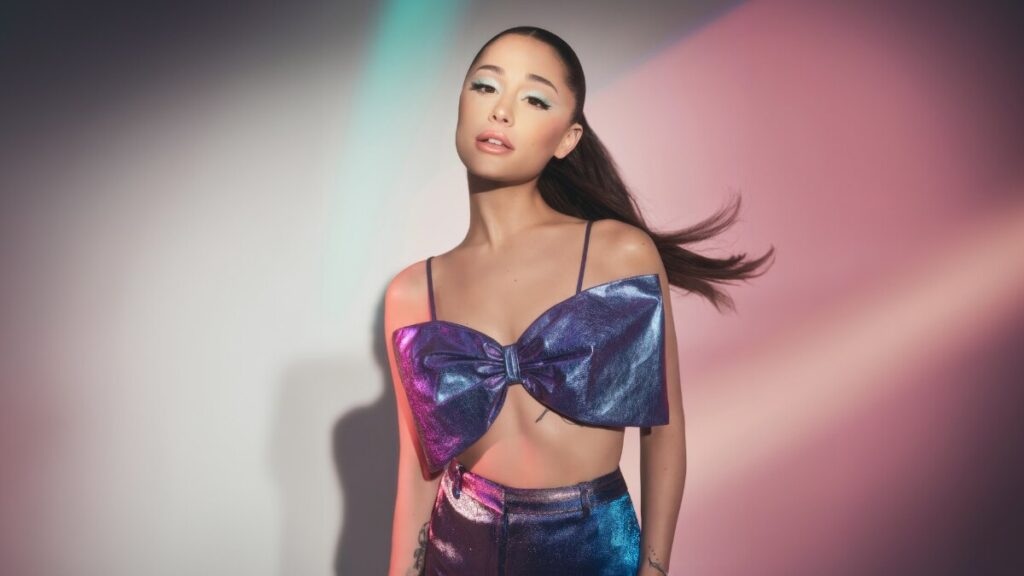
Entrepreneurial Era: From Music to Money Machines (2017–2020)
Perfume Empire & Brand Licensing
Ariana Grande’s fragrance line didn’t just succeed—it exploded. Launching with Ari by Ariana Grande in 2015, she quickly built a portfolio of bestselling scents like Cloud and R.E.M., which reportedly helped generate over $150 million in global sales by the early 2020s. But this wasn’t a case of slapping a name on a bottle. Each release extended her brand persona—dreamy, aspirational, and uniquely feminine—into something fans could physically own.
Her fragrances blended celebrity appeal with mass-market accessibility, and the packaging, aesthetic, and marketing all mirrored her evolving artistry. By licensing through Luxe Brands, Ariana leveraged their distribution power without taking on production risk. The result? A high-margin, low-maintenance revenue stream that proved she wasn’t just building hits—she was building shelf space.
Voice, Coach, and Corporate Collaborations
When Ariana joined The Voice in 2021 as a coach—reportedly earning $20–25 million—she wasn’t just cashing a check. She was cementing her place as a multi-platform entertainer. The move aligned perfectly with her image: approachable, witty, and vocally elite. It also introduced her to a broader, prime-time television audience, expanding her brand reach beyond Gen Z and streaming fans.
Her corporate partnerships followed suit. Reebok tapped into her sporty-meets-glam aesthetic, while Starbucks leveraged her viral reach with the “Cloud Macchiato” campaign—named after her perfume and personality. These collaborations weren’t random; they extended her visual language and lifestyle message. Ariana’s brand deals didn’t just reflect her image—they built it, turning pop stardom into a curated, monetizable identity across industries.
Also See: Inside Ariana Grande’s Real Estate Portfolio: Homes, Mansions & Property Value
Pandemic Pivot and Peak Earnings: 2021–2023
Netflix, Makeup, and Media Control
While many artists hit pause during the pandemic, Ariana Grande doubled down on ownership. Her 2020 Netflix concert film, Excuse Me, I Love You, kept her brand visible without stepping on stage—and likely came with a multimillion-dollar licensing deal. Then came r.e.m. beauty, a makeup line she built from the ground up, not just endorsed.
Launching a beauty brand in uncertain times was a risk, but Ariana bet on loyal fandom and digital-first marketing—and it paid off. She wasn’t just releasing content; she was creating assets. Unlike peers who went quiet, Ariana used 2020–2021 to pivot from performer to producer.
Touring Hiatus = Business Focus
Touring is often a pop star’s biggest moneymaker—but Ariana Grande proved she didn’t need a stage to stay profitable. After her Sweetener/Thank U, Next tour wrapped in 2019, she took a step back from the road. Instead of a revenue drop, she redirected her energy into scalable ventures: fragrance expansion, beauty brand launches, and televised roles like The Voice.
This strategic pause wasn’t retreat—it was reinvention. Ariana minimized physical demands while maximizing digital and licensing income. Her ability to pivot into high-yield, low-burnout revenue streams showed business maturity rare in her age group—and strengthened her financial staying power.
Also See: How Much Does Ariana Grande Make per Concert in 2025?
2024–2025: The Wicked Years and Wealth Expansion
Hollywood Role = Pay Boost
Ariana Grande’s casting as Glinda in Wicked marked more than a career milestone—it signaled a new income tier. While the reported salary is substantial, the long-term payoff lies in prestige. Starring in a major film franchise positions her not just as a pop icon, but as a cross-industry powerhouse. It opens doors to future film roles, residuals, and even producer credits down the line.
More importantly, it elevates her brand into Hollywood’s A-list, broadening her appeal beyond music and fandom. For Ariana, Wicked isn’t just a role—it’s a rebranding moment with cultural and financial dividends.
Ongoing Business Growth
With r.e.m. beauty gaining traction in a saturated market, Ariana Grande may be charting a Rihanna-style path toward product empire status. The brand’s sleek design, skincare crossover potential, and appeal to Gen Z consumers suggest it’s more than a celebrity side project—it’s a long-term play. Grande’s track record shows she’s hands-on with her ventures, hinting at future expansions into wellness or fashion.
Given her strategic licensing moves and loyal fanbase, it’s likely she’ll continue building revenue streams that scale without performance. Ariana’s next chapter may be less about the mic—and more about the mogul.
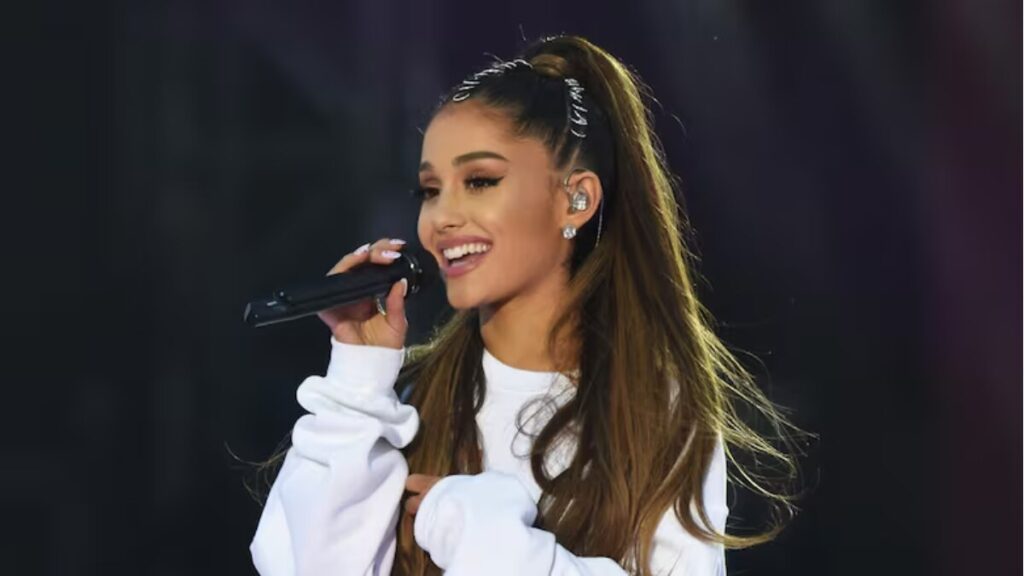
What Ariana’s Career Taught Me About Modern Fame
Watching Ariana Grande evolve over the past decade has been like witnessing the blueprint of 21st-century celebrity unfold in real time. I remember when she was just “the girl from Victorious,” with a Broadway-trained voice that felt too big for kid’s TV. Back then, it was easy to assume she’d fade like so many teen stars do.
But Ariana didn’t just survive—she adapted. And not in the flashy, headline-chasing way. She played the long game: built trust with her fans, stayed fiercely authentic, and learned how to monetize without overexposing. That’s rare.
What’s impressed me most is how she turned vulnerability into currency. Whether it’s in her lyrics, her brand choices, or how she navigates grief and public scrutiny—she’s shown that soft power is power.
To me, Ariana represents a shift in what fame means today. It’s not just about performing. It’s about owning, controlling, and quietly building something that lasts longer than a viral moment. That’s not just inspiring—it’s instructive.
The Voice, the Vision, the Vault
Ariana Grande’s financial ascent isn’t just a case study in celebrity success—it’s a reflection of how modern fame has evolved. She didn’t rely solely on hits or headlines; she built thoughtfully, choosing platforms that aligned with her identity and partnerships that extended her brand without diluting it.
In an era when virality often replaces value, Ariana chose endurance. She shifted from performer to producer, from pop act to business architect. Her trajectory challenges the old model of fame as fleeting and reframes it as something you can own, shape, and quietly scale.
What makes her story remarkable isn’t just the vault she’s built—but the vision behind it. Ariana Grande didn’t just sing her way to the top. She designed her stay there.
Nishant Wagh is a digital strategist and celebrity finance analyst with over 15 years of experience in SEO-driven content. As Founder of TheNetWorths.com, he creates high-authority profiles on wealth, branding, and cultural influence.






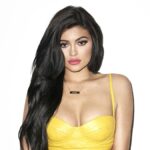
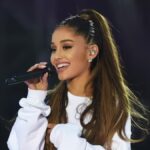







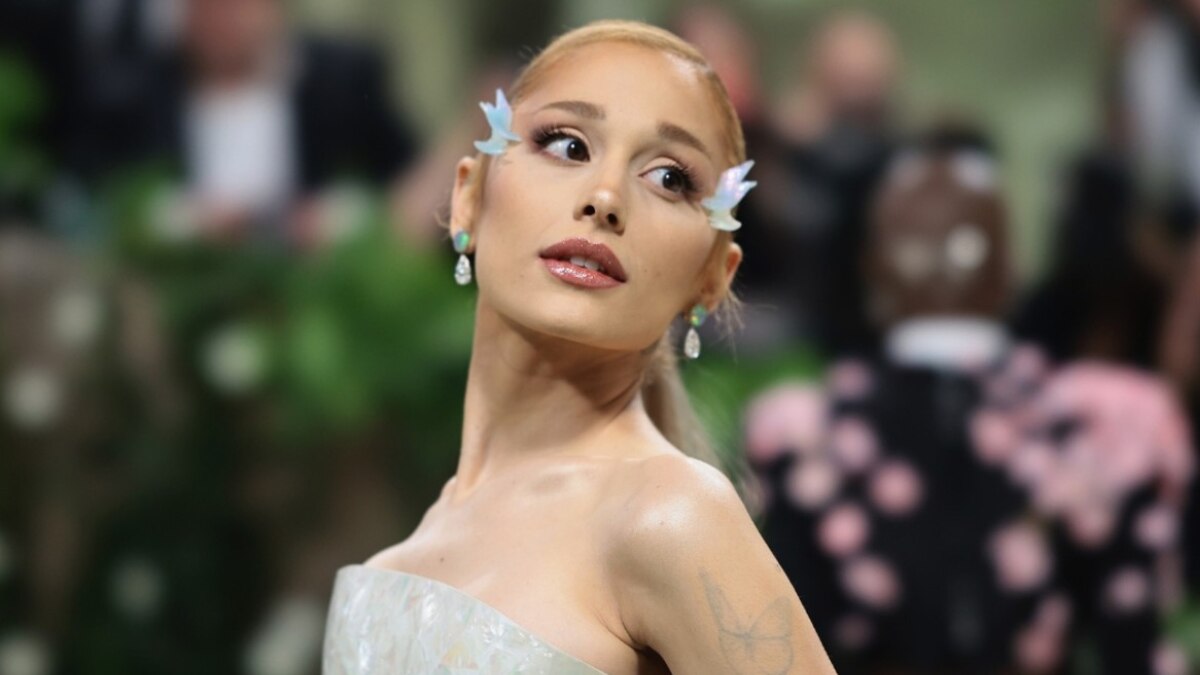
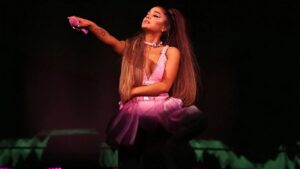
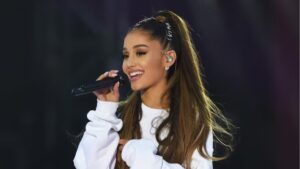
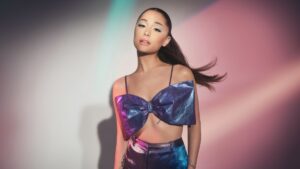
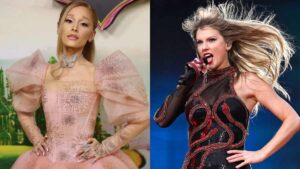
3 thoughts on “Ariana Grande’s Net Worth Over the Years: 2010 to 2025 Timeline”